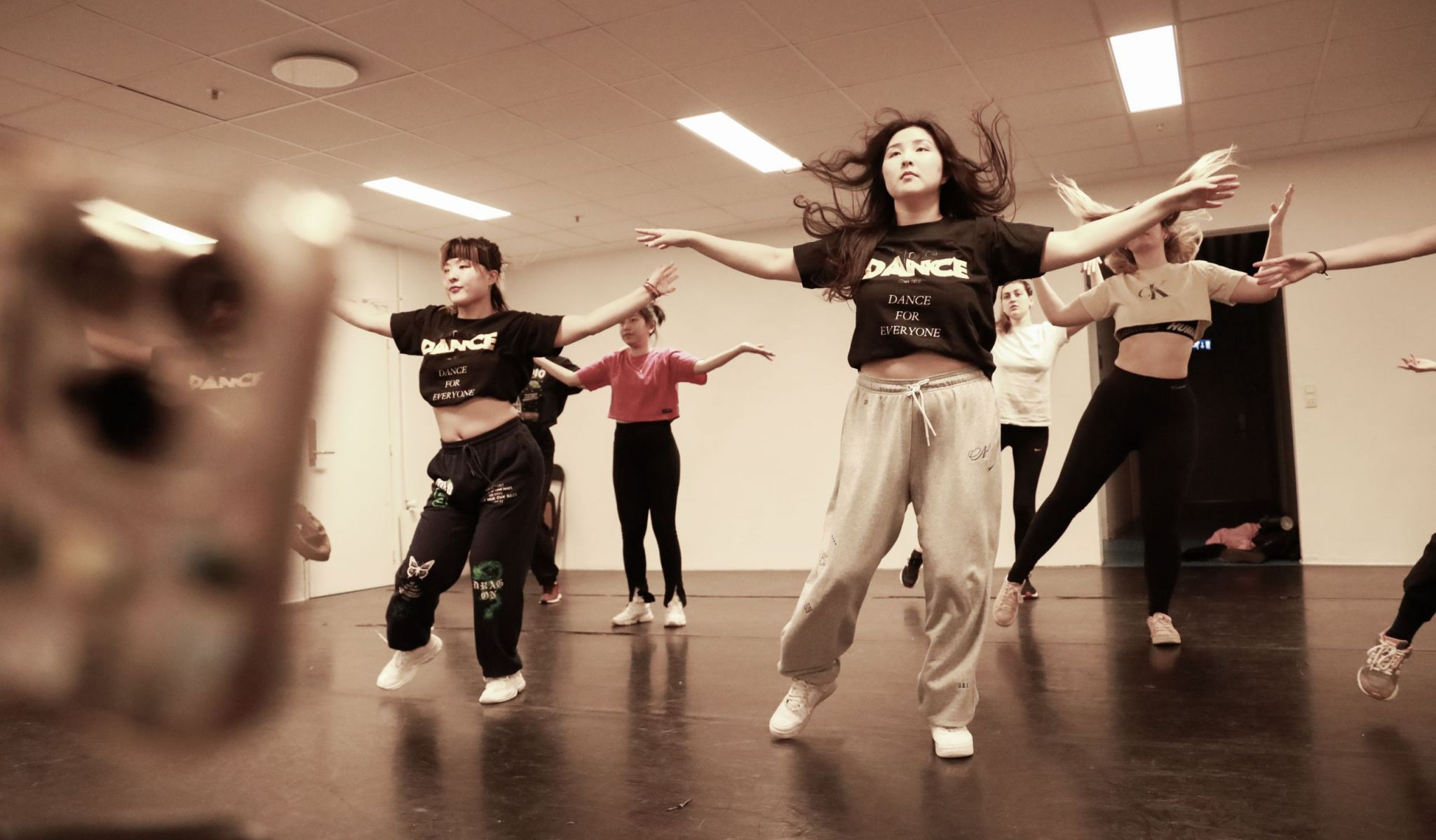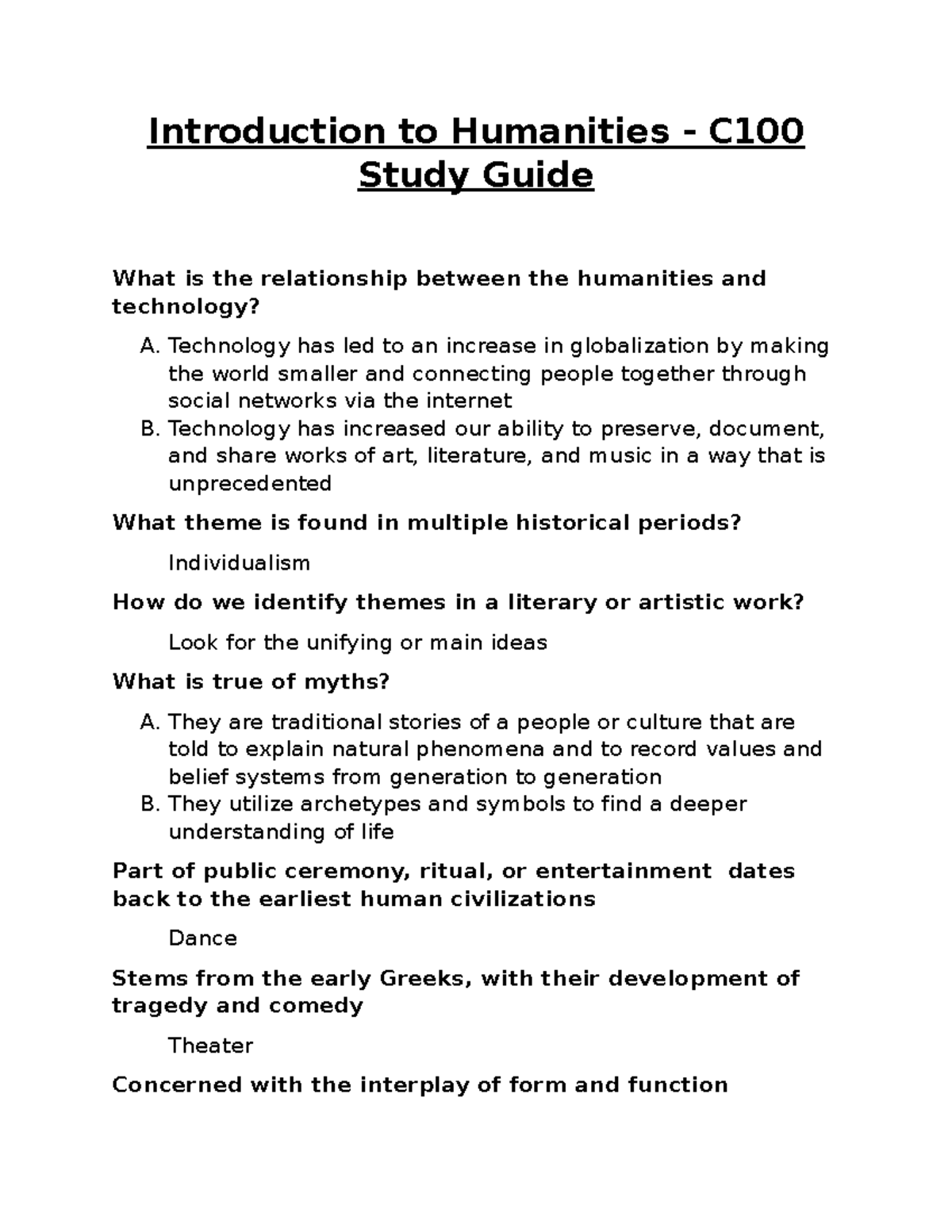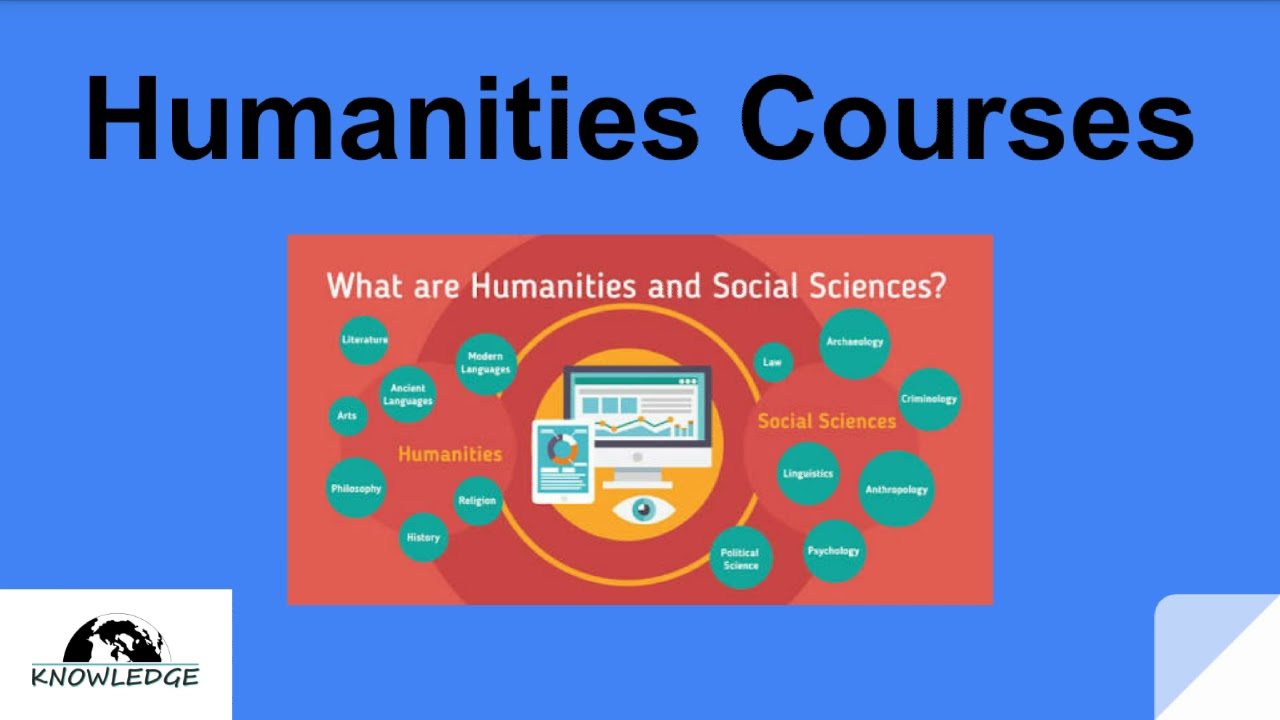When you learn to dance like someone’s watching, you unlock a world where self-expression takes center stage and judgment fades away. This vibrant form of movement not only serves as a method for physical exercise but also offers a spiritual release, allowing us to connect deeply with ourselves and others. The act of moving freely can be transformative, acting as a form of dance therapy that helps to express emotions that words often fail to convey. With each expressive movement, you tap into the cathartic joy that comes from dancing with abandon, making it an exhilarating experience that reflects true authenticity. So, whether you’re in a dance class or just grooving in your living room, remember: no one is watching—just dance your heart out and find your release!
Embracing the rhythm of life can be best expressed through uninhibited movement, often referred to as performing like an audience member is observing. This concept invites individuals to shed their inhibitions and engage in personal exploration through dance, reflecting the essence of arts therapy and freeing oneself from societal expectations. The joy of expressive movement not only nurtures our spirit but also fosters a deeper connection to ourselves, enhancing our emotional well-being. By finding release in dance, we embark on a journey that is both liberating and insightful, revealing the rich tapestry of our emotions and experiences. Explore this inspired approach to dance and let your body speak in ways that resonate beyond the constraints of the ordinary.
Understanding the Power of Dance
Dance is a powerful medium that transcends language, culture, and personal histories. When we engage in dance, we tap into a reservoir of emotions and stories that need to be expressed. Just as a painter uses colors to convey feelings, a dancer uses movement to tell their own narrative. Understanding this profound connection can enhance your practice. Instead of worrying about how you look or if you’re executing the steps perfectly, focus on what you’re feeling and how you want to share that with the audience. This shift in perspective can transform your experience, making you feel liberated and seen.
By embracing the idea that dance is about expression rather than perfection, you allow yourself to explore various styles and forms of dance, from structured ballet to the free-spirited movements that characterize contemporary genres. Each type of dance has its own unique way of telling a story, demonstrating the diverse possibilities within dance. Therefore, when getting ready to step into the limelight, remember to breathe, let go of inhibitions, and dance as if every witness is completely captivated by your experience.
Frequently Asked Questions
What are some effective dance tips for dancing like someone’s watching?
To dance like someone’s watching, embrace the energy and freedom of expressive movement. Begin by letting go of self-consciousness; remember that nobody is judging you. Focus on the rhythm and flow of the music, allowing yourself to express your feelings fully. Incorporate dance therapy techniques by using movement to connect with your emotional state, which can enhance your performance. Lastly, imagine a supportive audience that encourages your authenticity—this mental shift can elevate your experience.
How can spiritual dance aid in finding release during performances?
Spiritual dance practices, such as djine foly, encourage dancers to enter a trance-like state where they can fully express themselves. This type of dancing supports emotional release by connecting with deeper feelings and spirit. It allows movement to flow freely, helping individuals to let go of inhibitions and embrace joy during performances. By syncing with the music and tapping into your spiritual self, you can find profound release in dance, transforming your experience and connecting with others.
Why is finding release in dance important for self-expression?
Finding release in dance is crucial for self-expression as it allows individuals to communicate their emotions and experiences through movement. When you dance like someone’s watching, you shed societal expectations and embrace authenticity. This release can lead to a cathartic experience, where hidden emotions surface and are expressed physically. By practicing expressive movement, you immerse yourself in the present moment, cultivating a deeper connection with yourself and your audience.
What role does dance therapy play in helping individuals express themselves?
Dance therapy plays a vital role in helping individuals express themselves by utilizing movement as a therapeutic tool. It encourages participants to explore their emotions and physical sensations through dance, fostering a safe space for vulnerability and personal growth. This form of therapy removes the pressure of looking good while dancing, allowing individuals to focus on their internal feelings and experiences. It promotes healing and a deeper understanding of oneself, making it easier to dance like someone’s watching.
How can I cultivate an attitude of dancing like someone’s watching in my daily life?
To cultivate an attitude of dancing like someone’s watching in your daily life, start by embracing vulnerability. Allow yourself to be seen and share your authentic self without reservation. Incorporate dance tips into your routine, such as playing upbeat music to boost your mood and encourage movement. Practice expressive movement exercises that help release inhibitions, tapping into the joy of dance at any time. This mindset shift can transform not only your dance practice but also your overall approach to life.
| Key Point | Details |
|---|---|
| Choreographer’s Insights | Jeffrey L. Page shares advice on dancing as if everyone is watching, emphasizing self-expression without worry of judgment. |
| Dance as Expression | Dance serves as a powerful tool for communication and self-representation. |
| Cathartic Experience | The transformation from being still to becoming a dancer brings profound joy and release. |
| Cultural Significance | The Malian concept of djine foly illustrates how dance connects the spiritual with the physical experience. |
| Community Connection | In Black communities, dance can evoke the holy ghost, reminding participants of deeper spiritual connections. |
| Empowerment through Movement | Classes encourage energetic release and self-forgiveness, urging students to break free from societal judgments. |
Summary
To dance like someone’s watching is a liberating experience that invites individuals to express themselves without fear of judgment. Through the guidance of experts like Jeffrey L. Page, we learn that dance is not just about aesthetics but about conveying emotion and connecting with one another on a deeper level. This practice not only allows for personal release but fosters a sense of community and spiritual engagement, affirming that everyone deserves to be seen and heard when they dance.




